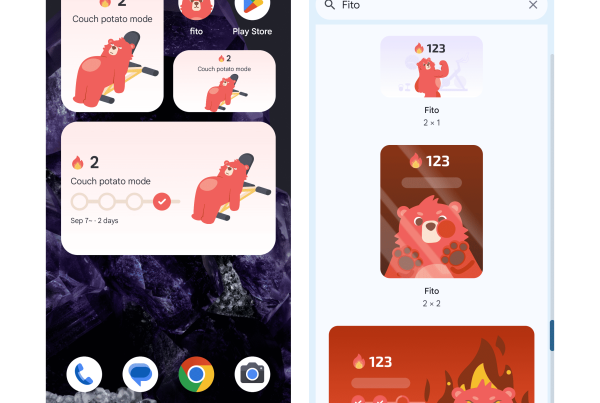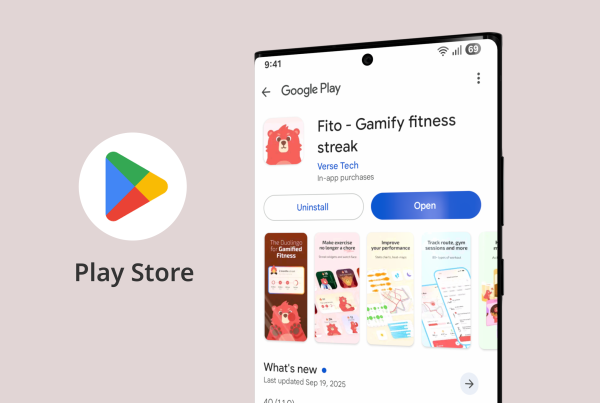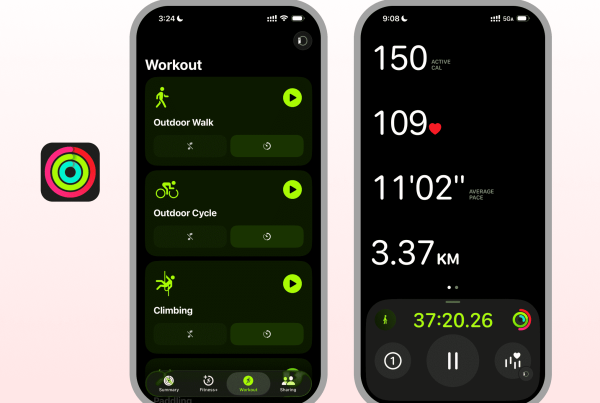A great coach blends expertise, habit design, and emotional support. The best virtual fitness coach does the same — but at scale, and with design elements that human trainers can’t always provide: persistent presence, instant feedback, and subtle nudges exactly when you need them. Fito’s virtual coach — embodied by a lovable animated bear with 50+ illustrations and hundreds of crafted copy variations — shows how data, micro‑animation, and thoughtful UX combine to create a motivating, trustworthy training companion.
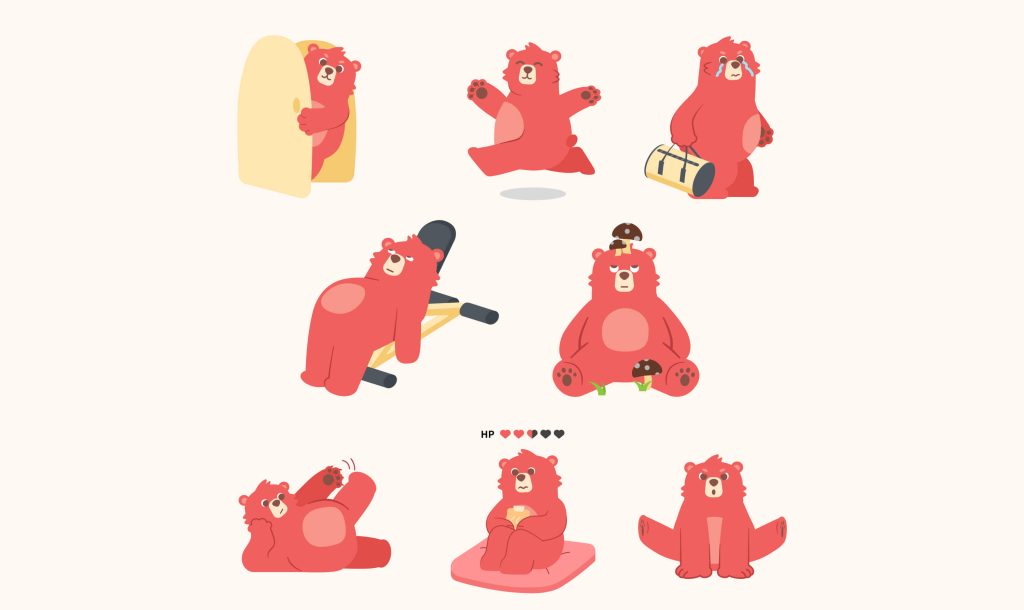
Why a virtual fitness coach matters
- Consistency over charisma: humans can inspire, but rarely maintain perfect frictionless reminders and progress checks. A virtual coach can deliver daily encouragement, timely corrections, and consistent accountability without judgment.
- Data becomes guidance: raw workout logs are only useful when translated into personalized advice — what to train, when to rest, and how to progress safely.
- Emotional scaffolding: motivation is emotional. Small victories, friendly reminders, and empathetic messages keep people coming back more reliably than metrics alone.
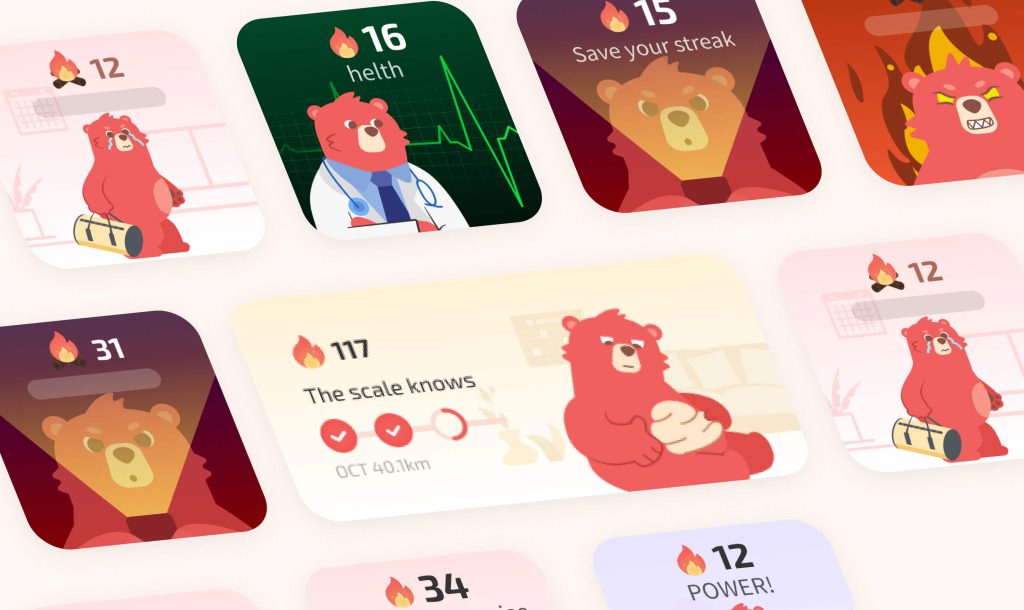
Core ingredients of the best virtual fitness coach
- Personality with purpose: the bear as a companion
- Emotional continuity: the bear’s micro‑animations — happy after a workout, wistful when you skip one — create an immediate emotional response. That simple feedback loop is similar to the subtle reinforcement you’d get from a friendly trainer.
- Rich expressive set: over 50 illustrations and hundreds of copy lines let the coach feel varied, human, and non-repetitive. This avoids habituation (ignoring notifications) and keeps interactions fresh.
- Context-aware reactions: the bear doesn’t just react to “workout/no workout.” It responds differently to PRs, streaks, rest days, and injury flags — providing appropriate encouragement, celebration, or gentle caution.
- Multi-modal presence: widget, watch face, and in-app micro-animations
- Always-on nudges: home-screen widgets and an animated watch face keep the coach visible without forcing the app open. A glance at the bear gives quick status — satisfied, waiting, or encouraging — and reduces friction for engagement.
- Micro-animations in-app: opening the app reveals subtle animated states (bear stretching, tying a shoe, looking out a map) that make the experience lively and rewarding every time.
- Low-friction actions: from the watch face you can log a workout, mark a recovery day, or get a quick “today’s suggestion,” so the coach is helpful even when you’re short on time.
- Data-driven personalization: recommendations that actually fit you
- Baseline and adaptive goals: the coach learns your current fitness (average weekly minutes, preferred times, common activities) and sets achievable, progressive targets rather than one-size-fits-all quotas.
- Habit-focused nudges: using workout time heatmaps and calendar patterns, the coach recommends optimal “power hours” and suggests micro-workouts in underutilized time slots to build consistency.
- Contextual adjustments: the coach factors in sleep scores, sunlight exposure, recent load, and gear fatigue. If sleep is poor or acute:chronic load is high, the bear suggests lighter active recovery instead of pushing intensity.
- Skill and event plans: whether preparing for a 10K, a bouldering gradation test, or a tennis tournament, the coach sequences progressive sessions and tracks compliance, adjusting the plan if you miss sessions or exceed targets.
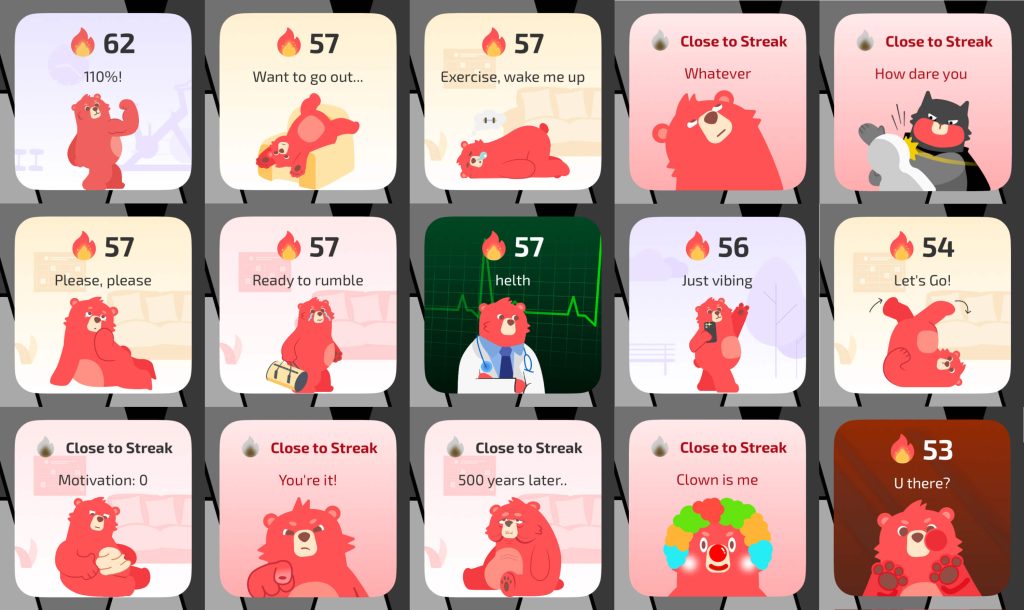
- Insightful feedback, not judgment
- Celebrate micro-wins: badges, animated celebrations, and quick congratulatory lines for small improvements make success feel tangible.
- Gentle corrective language: when form or recovery matters, the coach offers precise, supportive guidance — “Nice job on volume this week. Let’s add a mobility session to protect your knees.”
- Transparent metrics: show the why behind recommendations — e.g., “Your acute:chronic ratio is 1.6 this week; we recommend a recovery day to lower injury risk.” Users can see the data and the rationale.
- Smart reminders and habit reinforcement
- Streak mechanics, tuned not to shame: like Duolingo’s streaks, the bear tracks consistency but pairs streak nudges with forgiving options (skip tokens, grace days) so users don’t quit after a single miss.
- Contextual timing: reminders use your Workout Time Heatmap to nudge you when you’re most likely to respond (e.g., lunchtime or just after work), increasing adherence.
- Variety in prompts: hundreds of copy variations and different animations prevent notification fatigue and keep the tone playful.

